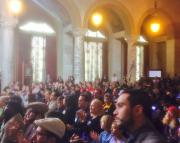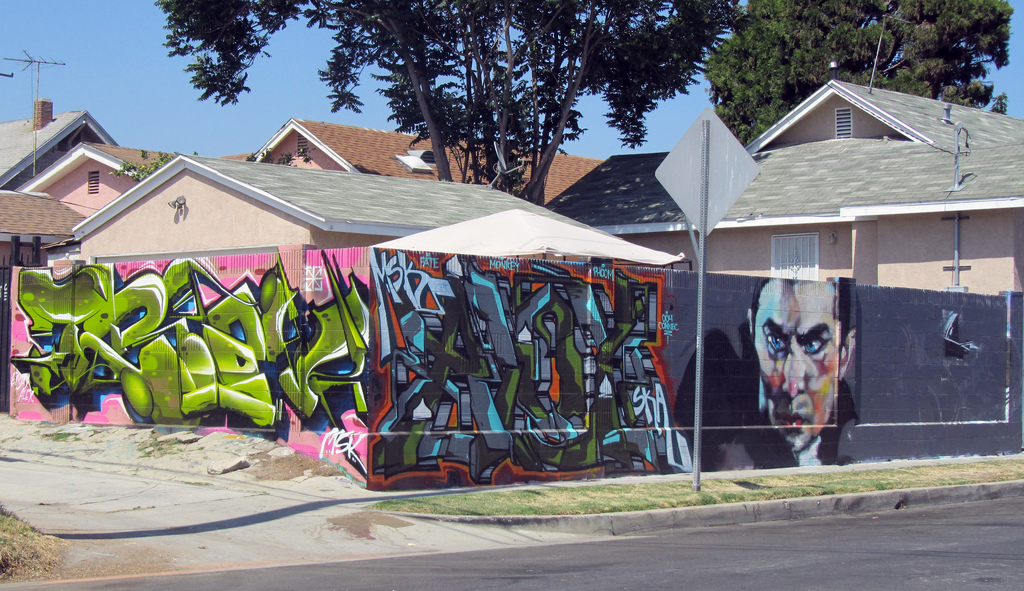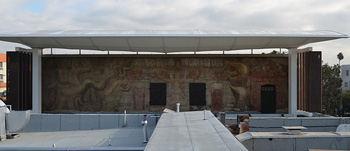By Emily Goldberg

Vendors at the Los Angeles Street Vendors Campaign rally chant “Si se puede” as councilmen Jose Huizar and Curren Price take to the lectern.| Emily Goldberg
Street-side bacon-wrapped hotdog carts arguably contribute to L.A.’s identity just as much as its traffic and celebrity sightings. Although the delicious service that street vendors provide has remained illegal throughout the city, that may soon change.
In its meeting Tuesday, the Economic Development Committee approved a framework for citywide street vending regulations, moving the long awaited policy goal one step closer to completion. The framework outlines the tasks and responsibilities of several city departments including the Bureau of Street Services and the Los Angeles Police Department.
“I agree with my colleagues that this plan, as we would say in Sacramento, is not cooked yet,” said councilman Gilbert Cedillo. “But …this is an idea whose time as come. This process of legalization is a process that cannot be stopped.”
See also: South LA street cooks could soon go legit [Read more…]









 On a 12-1 vote, the Los Angeles City Council voted Tuesday to completely redo the way it disposes of garbage from apartment complexes and businesses in a hope to clean up a situation that some people think is stinky.
On a 12-1 vote, the Los Angeles City Council voted Tuesday to completely redo the way it disposes of garbage from apartment complexes and businesses in a hope to clean up a situation that some people think is stinky.







